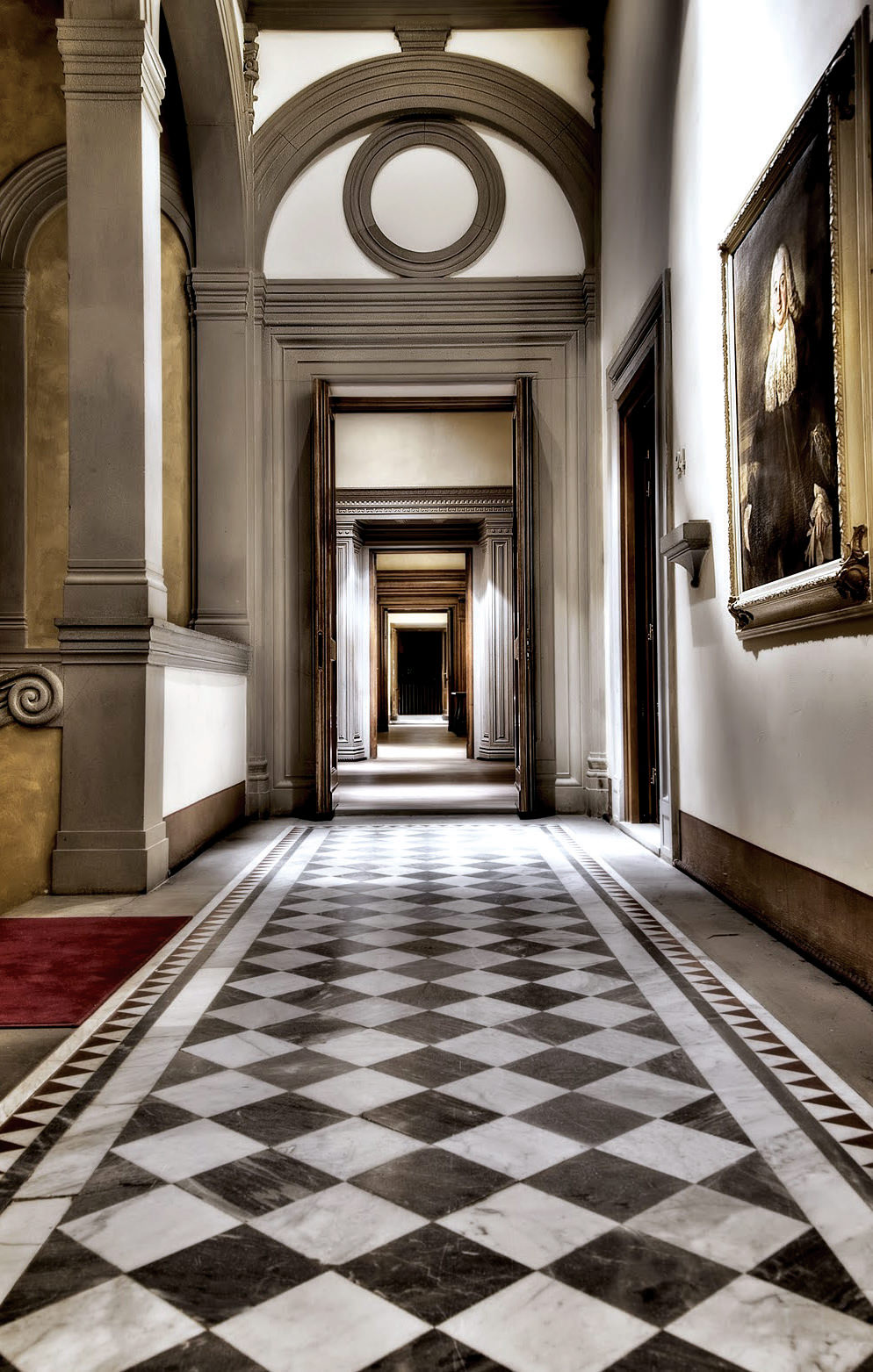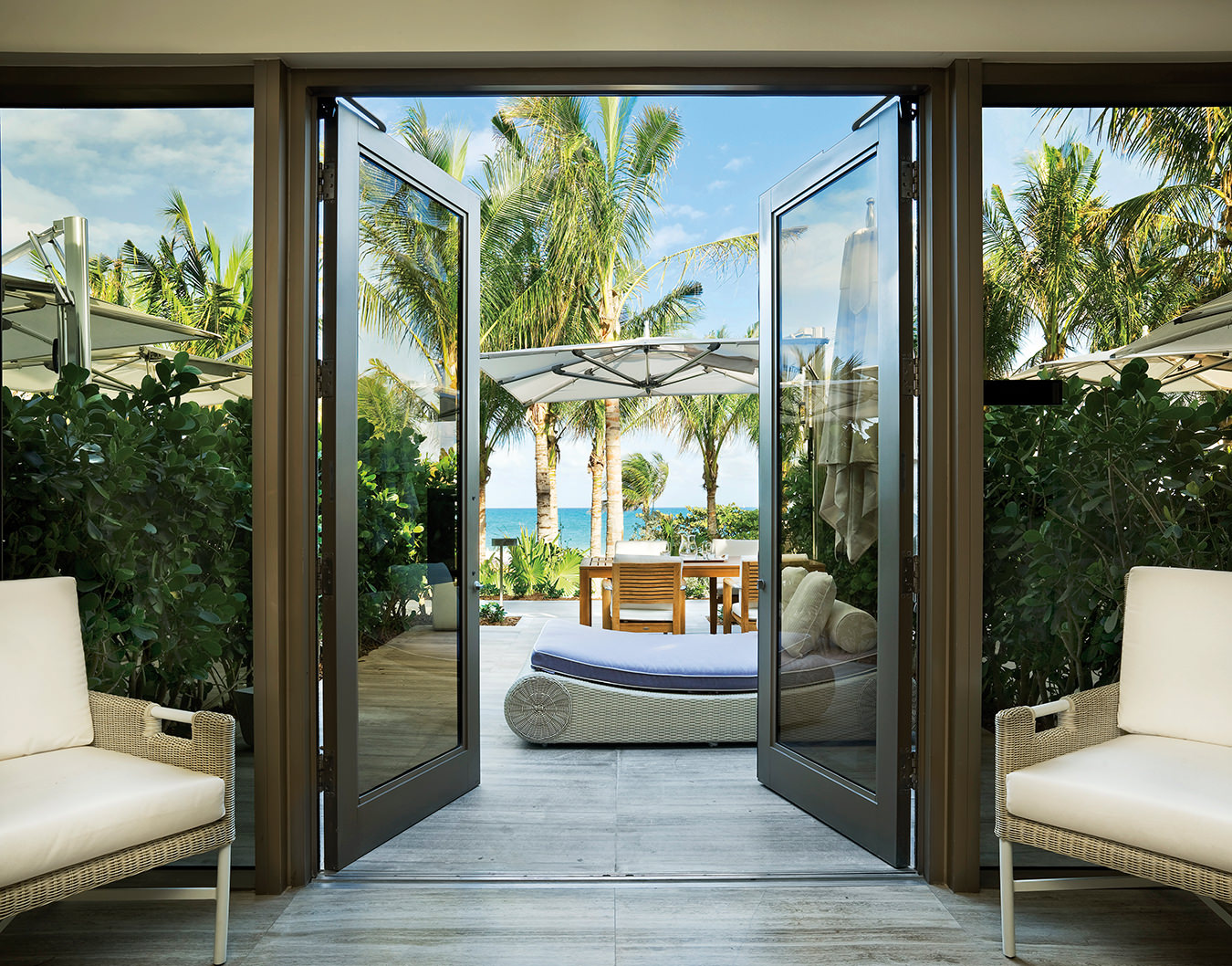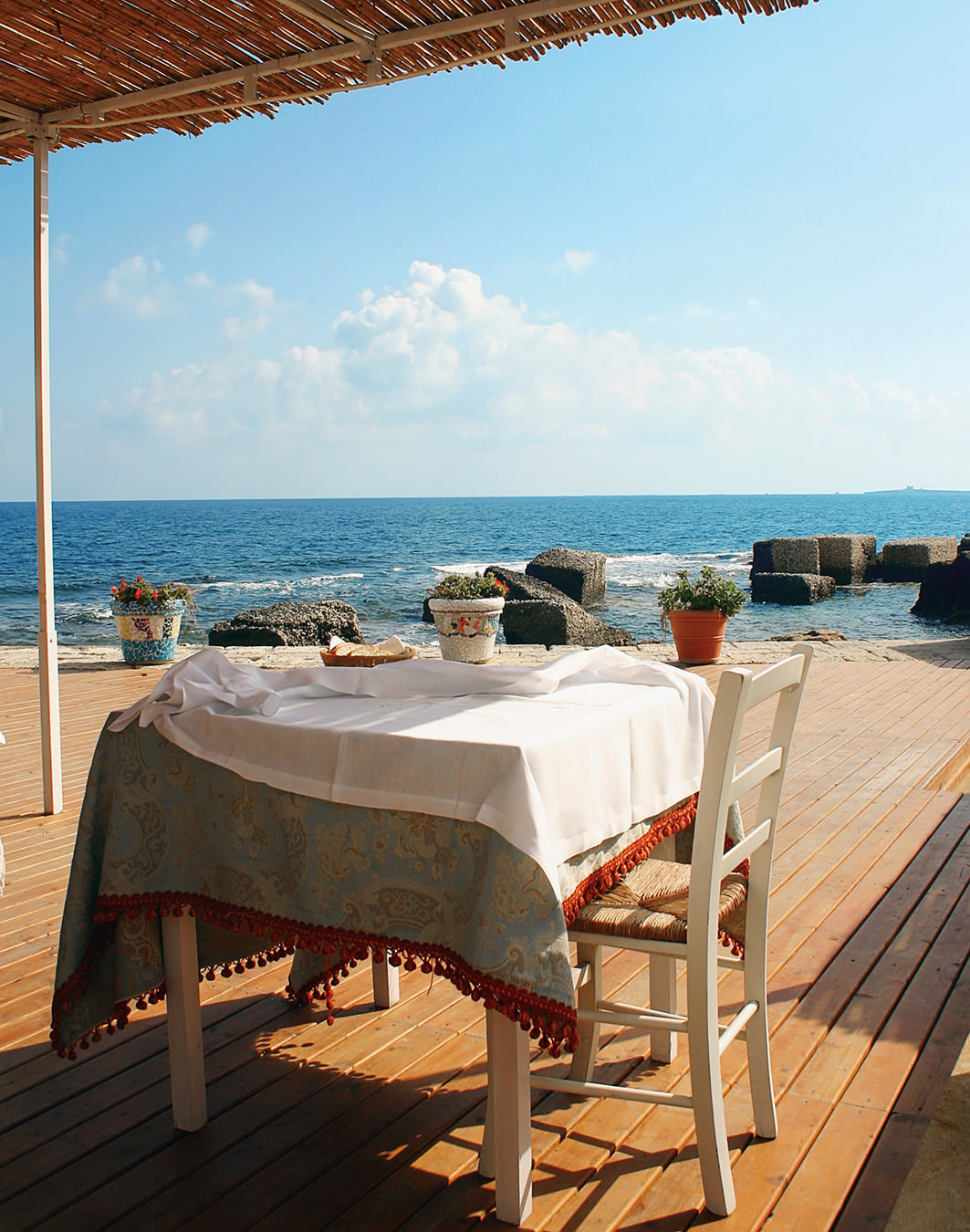-
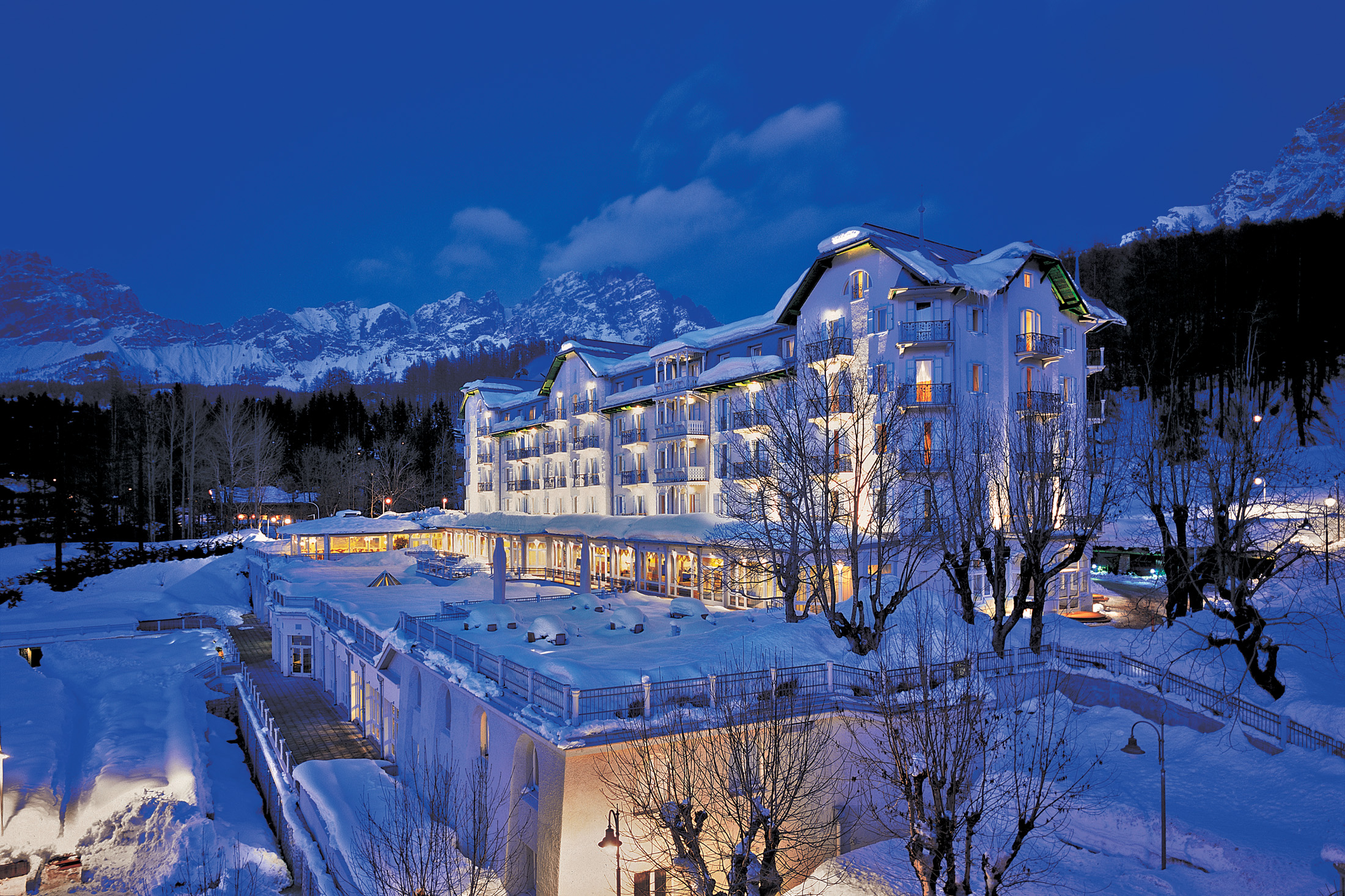
Opened as the Palace Cristallo, a summer retreat, by Emilia and Giuseppe Menardi in 1901, the property’s history is long and storied.
-
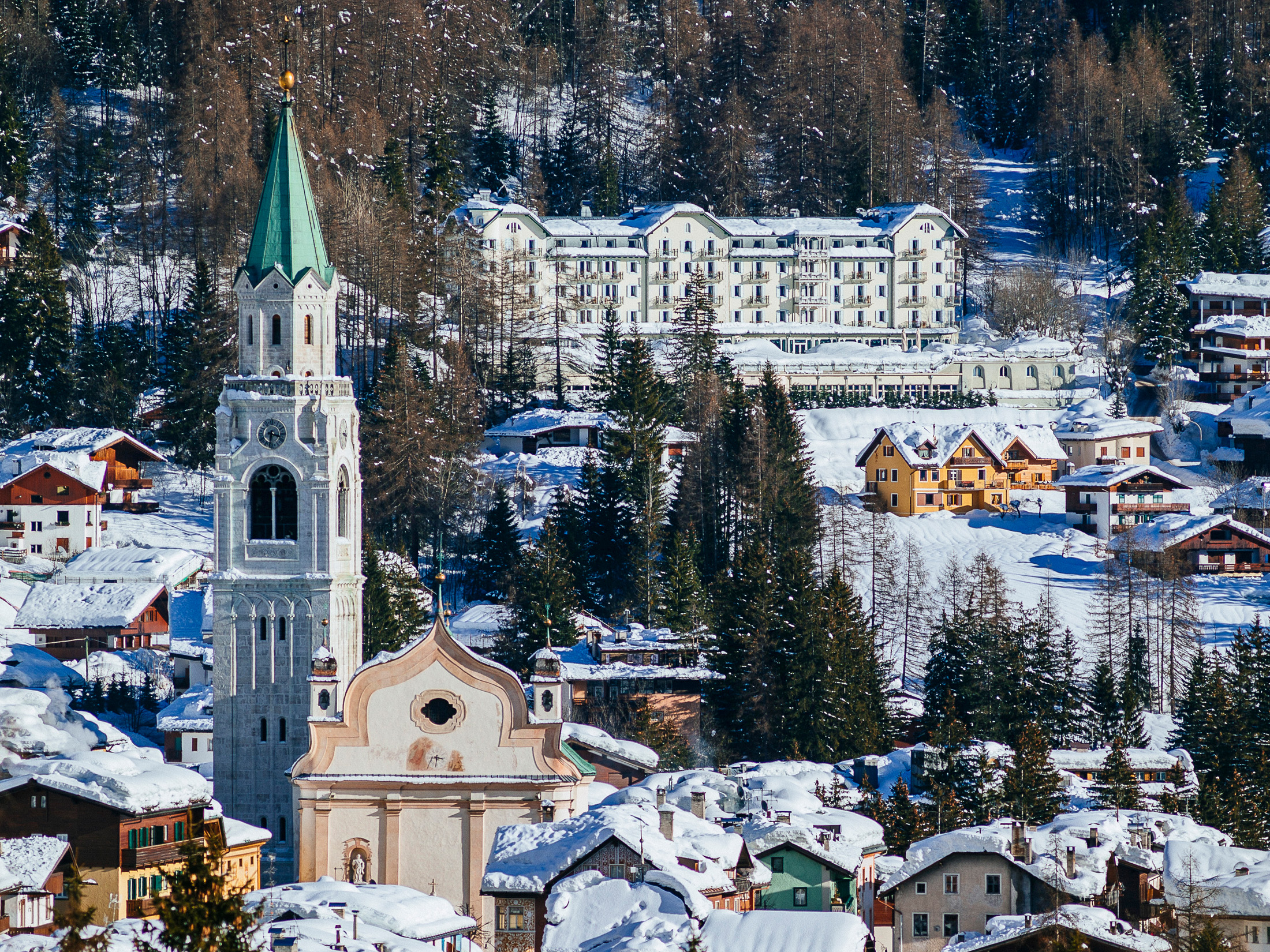
In Cortina d’Ampezzo, Italy, the bells in the Gothic tower at the foot of the hillside from the newly refurbished Cristallo, a Luxury Collection Resort & Spa, strike the early morning hour.
-
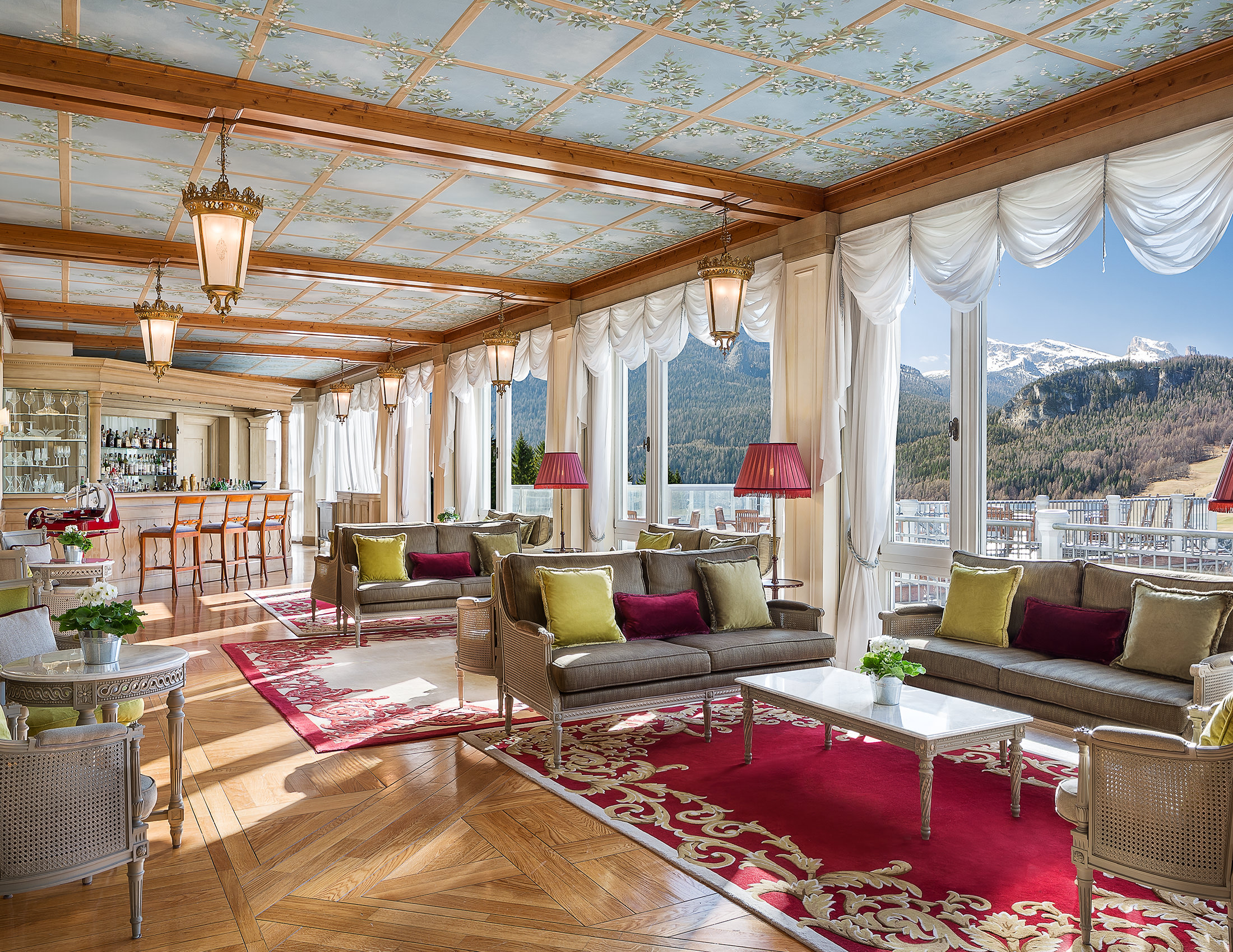
The Lounge bar, with floor-to-ceiling picture windows that maximize the dramatic mountainscape, make for the ideal après.
-
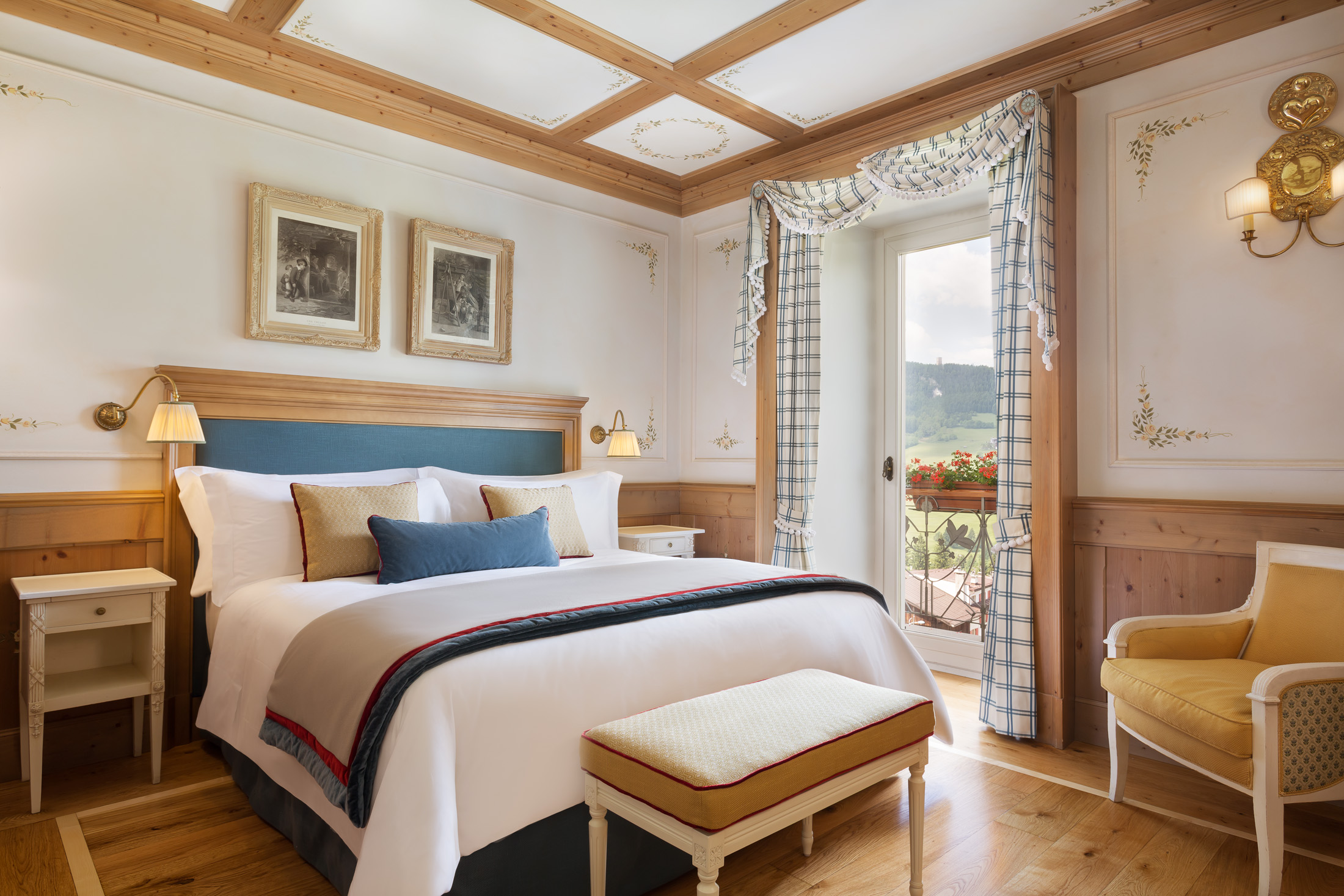
Classic double suite, refreshed and renewed.
-
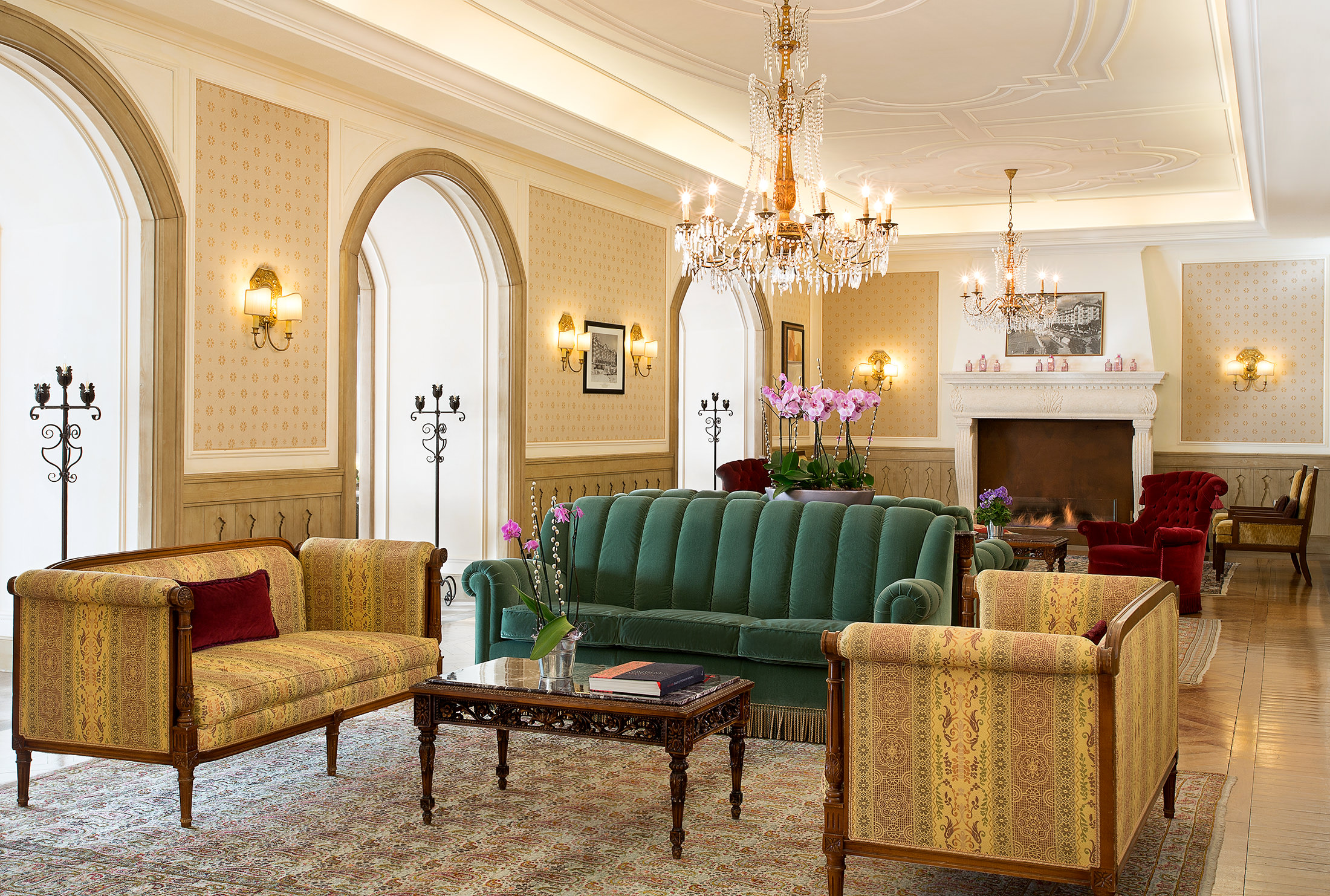
The grand hotel was designed during the belle époque, and it attracted aristocratic and prominent travellers including Leo Tolstoy.
-
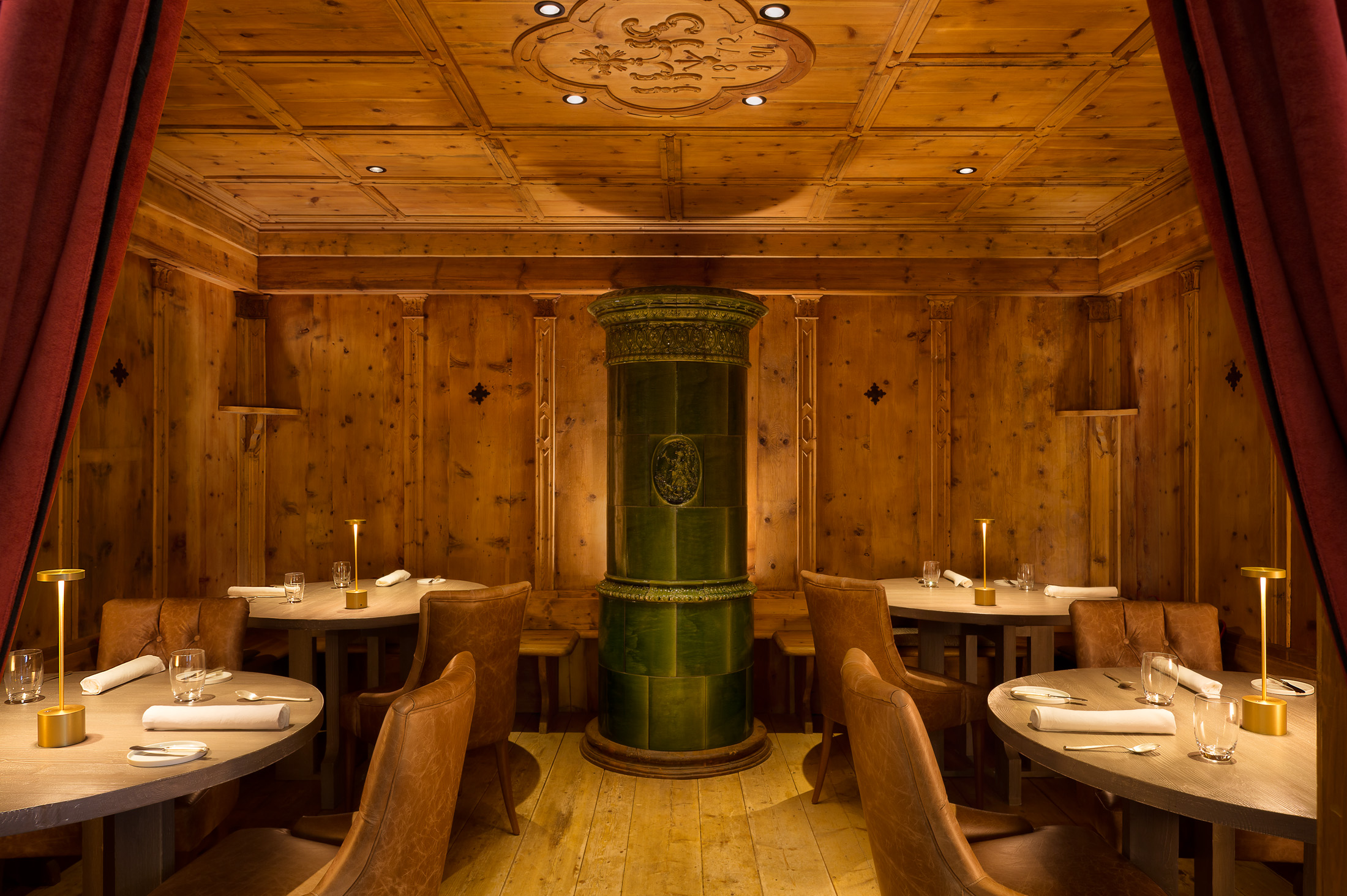
The hotel’s La Stube 1872 is a wonderfully cozy, wood-panelled restaurant where executive chef Marco Pirelli draws upon local favourites.
-
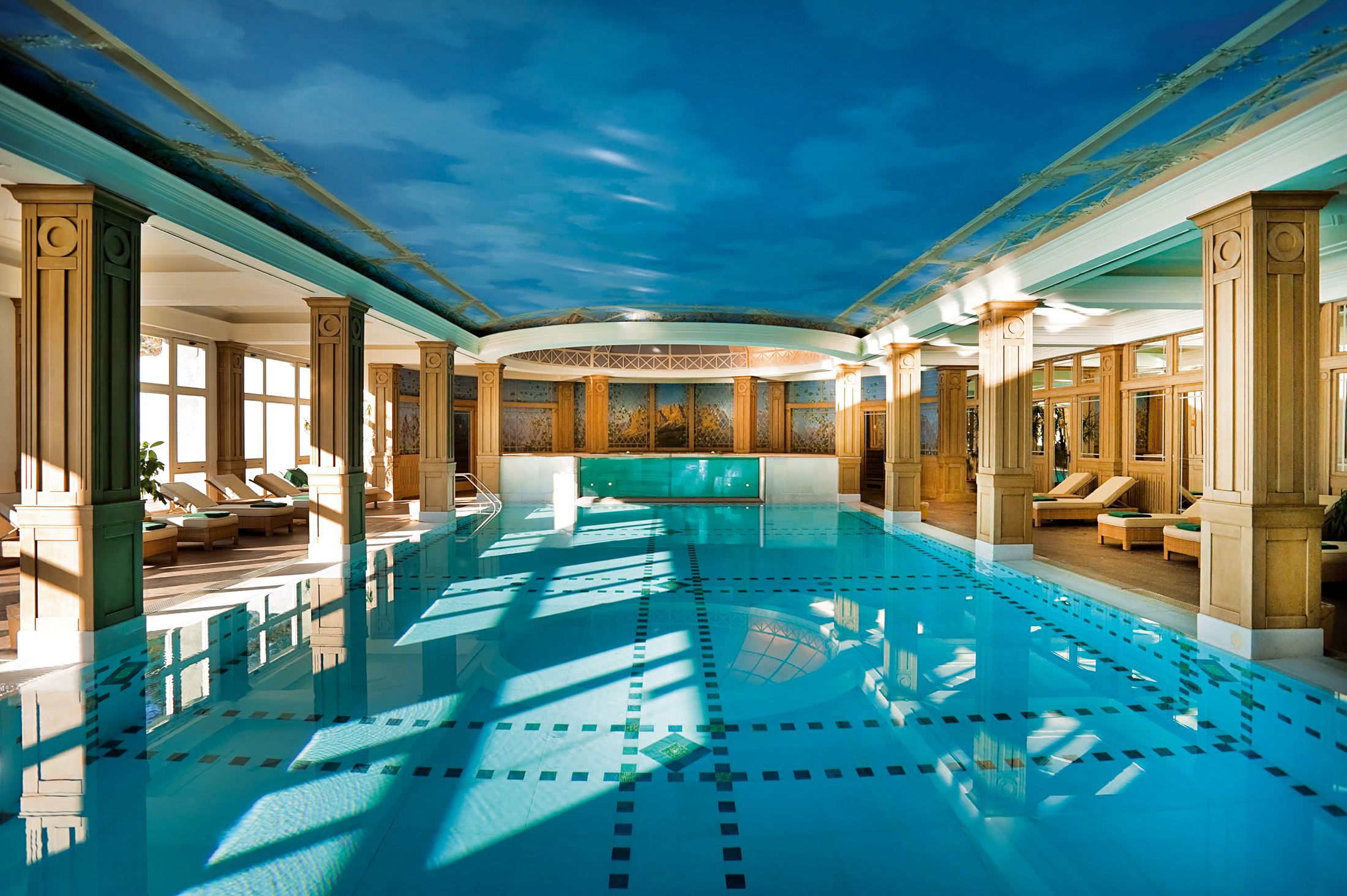
The spectacular pool at Cristallo also offers views of the surrounding vista.
Cortina d’Ampezzo’s Cristallo Hotel
A gem in the Italian Alps.
In Cortina d’Ampezzo, Italy, the bells in the Gothic tower at the foot of the hillside from the newly refurbished Cristallo, a Luxury Collection Resort & Spa, strike the early morning hour. The charming village about two hours from Venice is nestled in a valley in the Dolomite mountain range, part of the northern Italian Alps. With steep peaks, craggy spires, sheer vertical walls, narrow ledges, deep ravines, and long verdant valleys, the Dolomites are one of the world’s most beautiful landscapes, qualifying the region for UNESCO World Heritage status in 2009. Named for the pale, fossil-rich dolomitic limestone they are made of, the mountains project a spectrum of hues—greys, beiges, and pinks. From my window overlooking the spectacular Alpine panorama, one peak emits a rosy glow in the morning sunlight, as if calling me to suit up and hit the slopes.
Part of the Dolomiti Superski zone, which has hundreds of linked pistes, Cortina offers 70 runs covering 115 kilometres, with the majority graded for beginners and intermediates with some slopes in the mix for experts. But you don’t have to ski or snowboard to delight in this Italian winter wonderland—there’s snowmobiling, snowkiting, ice skating, curling, ice karting, sledding, and bobsledding.
Cortina stepped into the global spotlight when it hosted the Winter Olympics in 1956—the first to be broadcast live on television. Soon after, the region drew its share of mid-20th-century glitterati, including Sophia Loren, Elizabeth Taylor, Brigitte Bardot, and Frank Sinatra. Even if you’ve never heard of Cortina, you may have seen it on screen. The picturesque town was chosen as a location for the 1963 film The Pink Panther. (Peter Sellers stayed in what is now one of Cristallo’s two Presidential Suites.) In 1981, Roger Moore, as James Bond, shot For Your Eyes Only here, and Sylvester Stallone filmed the climbing scenes in 1993’s Cliffhanger on the five imposing rock towers called Cinque Torri.
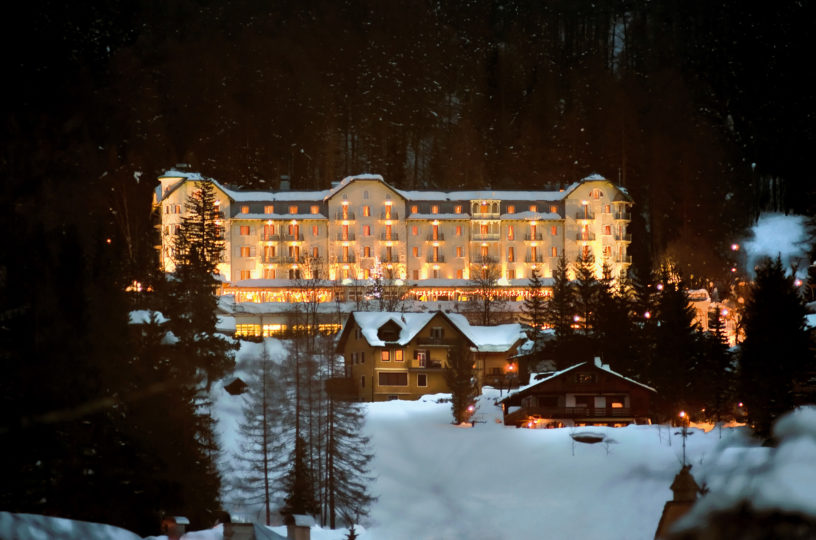
If you’re the type who relishes rubbing elbows with billionaires and oligarchs flaunting six-figure watches, designer skiwear, and mammoth furs, Cortina may not be for you. Its vibe is low-key, its cobbled Corso Italia is pedestrian only, and the town has retained its authenticity and down-to-earthiness despite its affluence. You may, however, have to remind yourself that you are in Italy, since Cortina’s architecture, culture, and cuisine are decidedly more Tyrolean than Italian. And for good reason: Mussolini annexed the formerly Austrian region in 1918 at the end of the First World War. This history is commemorated in a sprawling network of open air museums that are easily accessible, and Cristallo staff can arrange for a guide to lead you on a memorable Great War ski excursion.
The hotel’s La Stube 1872 is a wonderfully cozy, wood-panelled restaurant where executive chef Marco Pirelli draws upon local favourites with menu highlights such as casunziei all’Ampezzana—ravioli filled with beetroot and potato tossed in butter and sage—or sausages with mushrooms served over polenta. Save room for the rich and flaky apple strudel. For fine dining, you can admire the nighttime views from the glass-walled Il Gazebo, where Pirelli exercises his gastronomic muscles with degustation (tasting) menus and winter specialties, such as roasted and slow-cooked shredded deer loin with cocoa cru, red fruit jelly, stewed cabbage, and aged Port wine jus, or scallops marinated in buttermilk, then seared and plated atop Verona celery purée and chanterelles scented with thyme. La Veranda and the adjoining Cristallo Lounge, with floor-to-ceiling picture windows that maximize the dramatic mountainscape, make for the ideal après. At Cristallo Ultimate Spa, treatments are meant to revive and renew.
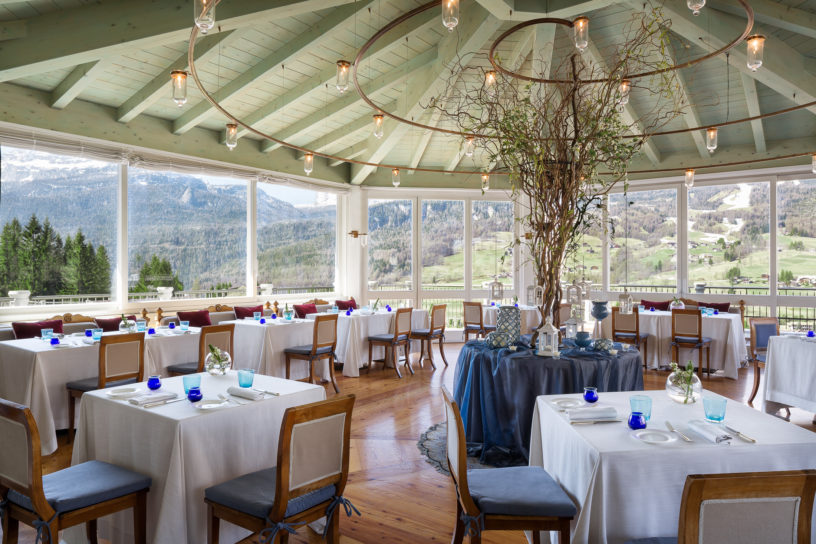
Il Gazebo restaurant.
Opened as the Palace Cristallo, a summer retreat, by Emilia and Giuseppe Menardi in 1901, the property’s history is long and storied. The grand hotel was designed during the belle époque, and it attracted aristocratic and prominent travellers including Leo Tolstoy. Now owned and managed by the Gualandi family, Cristallo was the first ski resort added to the Luxury Collection’s premier portfolio.
Before it opened for the 2017 winter season, the hotel’s 74 rooms and 20 suites were refreshed and renewed. They feature parquet floors, crystal chandeliers, hand-painted adornments, classical furniture, and paintings depicting mountain vistas—though nothing comes close to the view from your room.
_______
Never miss a story. Sign up for NUVO’s weekly newsletter, here.


